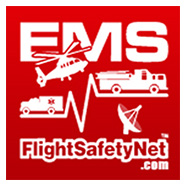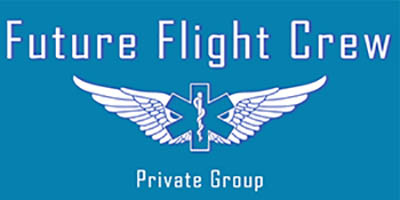New Zealand — Airbus has delivered two H145 helicopters to the New Zealand Helicopter Emergency Medical Services at a ceremony at the GCH Aviation Group headquarters.
As reported by Airbus Helicopters, Airbus Australia Pacific Managing Director Andrew Mathewson said these were the first two H145 helicopters in emergency medical services (EMS) configuration in the New Zealand market.
“I’m proud that Airbus’ helicopters are providing vital medical services and assisting the communities between Christchurch and Dunedin operated by New Zealand Helicopter Emergency Services.
We at Airbus are privileged to work alongside local stakeholders, and play our part in supporting such lifesaving aeromedical operations, as the country grows its focus on this industry.
A key design factor of the H145 helicopter is to be able to configure the helicopter to provide medical and rescue operations for specialised emergency services.”
“This multi-purpose helicopter is tailored for emergency medical services and law enforcement duties, along with aerial work, passenger transport – including private and business aviation – and offshore operations. For multi-mission operators, the H145 can be reconfigured for different roles quickly and easily. Designed to deliver excellent performance throughout the flight, the H145 offers capability and flexibility, especially in conditions where the aircraft is operating at high altitude and where time is of the essence,” he said.
The H145 is the market leader for emergency medical services and rescue missions, thanks to its well-established HEMS heritage with its BK117 and EC145 predecessors. The quietest in its class and equipped with state-of-the-art Helionix avionics suite, this twin engine helicopter offers exceptional performance along with upgraded main and tail rotor systems. This guarantees an unprecedented level of performance in both hover and one-engine inoperative conditions.
The Fenestron technology brings benefits such as improved flight and ground safety to customers, as well as reduced power demand in forward flight, and lower sound and vibration levels. Included in the Fenestron is a redesigned tail gearbox that contributes to lower maintenance costs. It incorporates a duplex tail rotor actuator and dual hydraulic circuits – installed in a new damage-tolerant all-composite tail boom.
With a global fleet of more than 1,400 helicopters of the H145 family, the fleet has accumulated more than five million flight hours. In New Zealand alone, there are currently 41 H145 family of helicopters deployed for aeromedical, search-and-rescue, utility and business aviation purposes. Designed to deliver excellent performance throughout the flight envelope, Airbus’ H145 is the latest member of its 4-ton-class twin-engine rotorcraft product range – with designed-in mission capability and flexibility, especially in high and hot operating conditions. Compact in size, this helicopter’s small footprint and large, flexible cabin make it the aircraft of choice for a variety of civil missions. The best-selling H145 family (BK117, EC145 and H145) has more than 1,300 helicopters in service around the world and has clocked more than 5.5 million flight hours.
This multi-purpose rotorcraft is tailored for emergency medical services and law enforcement duties, along with aerial work, passenger transport – including private and business aviation – and offshore operations. For multi-mission operators, the H145 can be reconfigured for different roles quickly and easily. 2020 sees EIS of a new innovative version of the H145, equipped with a five-bladed main rotor. The H145 extends its transport capability and provides operators with an excellent smoothness of flight.
The H145 offers exceptional performance thanks to Safran Helicopter engines Arriel 2E power plant and dual full-authority digital engine control (FADEC) – along with the helicopter’s upgraded main and tail rotor systems. This guarantees an unprecedented level of performance in both hover and one-engine inoperative (OEI) conditions.
[divider style=”9″]
Interested in learning more about how to get started as a Flight RT, Flight Medic, Flight Nurse or EMS Pilot?
Join our Future Flight Crew Private Facebook Group. Answer 3 simple questions to join, takes less than a minute.
CLICK THE BANNER to Sign Up:
[arrows style=”arrow-red-11.png” align=”left”]



